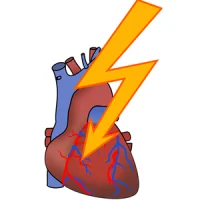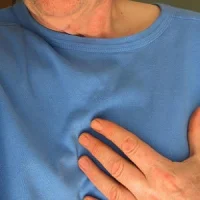A new study has found that survival rates from cardiac arrest decrease the higher up the building a person lives. The study is published in the Canadian Medical Association Journal.
The primary reason for this is that high-rise buildings pose unique barriers for 911-initiated first responders, explains Ian Drennan, paramedic with York Region Paramedic Services, researcher with Rescu and lead author of the study. Factors such as building access issues, elevator delays and extended distance from the emergency vehicle all contribute to longer times for the 911 responders to reach the patient and start time-sensitive and life-saving resuscitation.
During the study, the researchers analysed data from 8216 adults who suffered an out-of-hospital cardiac arrest that was treated by 911-initiated first responders in the City of Toronto and Peel Region. The findings showed that only 3.8 percent of the patients survived until they could be discharged from a hospital. Survival rate for those living below the third floor was 4.2 percent as compared to 2.6 percent for people living on or above the third floor. Survival rates decreased as the floors got higher with only a 0.9 percent survival rate above the 16th floor and no survivors above the 25th floor.
See Also: 3 Ways to Improve Cardiac Arrest Survival
"Patients who survived tended to be younger, their cardiac arrest was more often witnessed by bystanders, and bystanders were more likely to perform CPR," Drennan said, noting the rate of bystander AED use was very low in this study. "They also had shorter times for 911-initiated first responders to get to the scene and to the patient."
Drennan explains that early bystander CPR and shock therapy from a publicly accessible automated external defibrillator (AED) can make a critical difference between life and death as effective CPR performed immediately nearly doubles the chances of survival. However, only around 30 percent of cardiac arrest victims have access to CPR from a bystander. Cardiac arrests that occur in high-rise buildings on higher floors may thus have a lower probability of survival due to the delay in patient contact by 911 responders. Another reason why survival rates are low on higher floors may be due to the fact that it takes longer to get patients out of the building and to the hospital.
Several recommendations are made in the study that include improving the accessibility of AEDs and placing them on building floors, lobbies and inside elevators; giving paramedics a universal elevator key; and finding ways to alert building security that 911-initiated first responders are on their way.
The study highlights that there was a 20 percent increase in the rate of cardiac arrests in private residences and during the same time period, there was an increase of 13 percent in the number of people living in high-rise buildings. A large percentage of these people are old with serious medical issues and a high risk of cardiac arrest. Measures need to be taken to ensure that access to cardiac arrest victims, living in high-rise buildings, improves.
Source: St. Michael's Hospital
Image Credit: Wikimedia Commons










